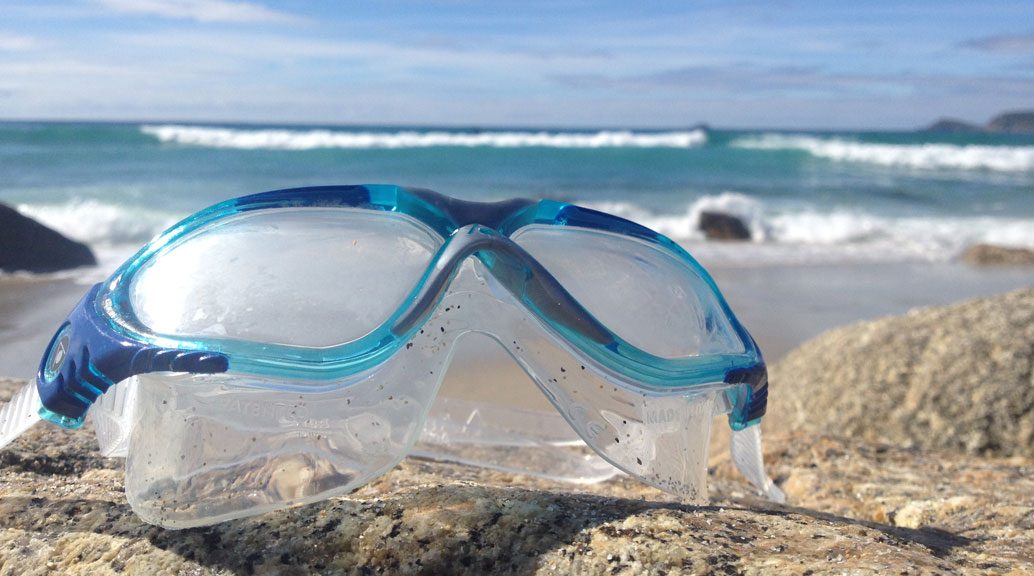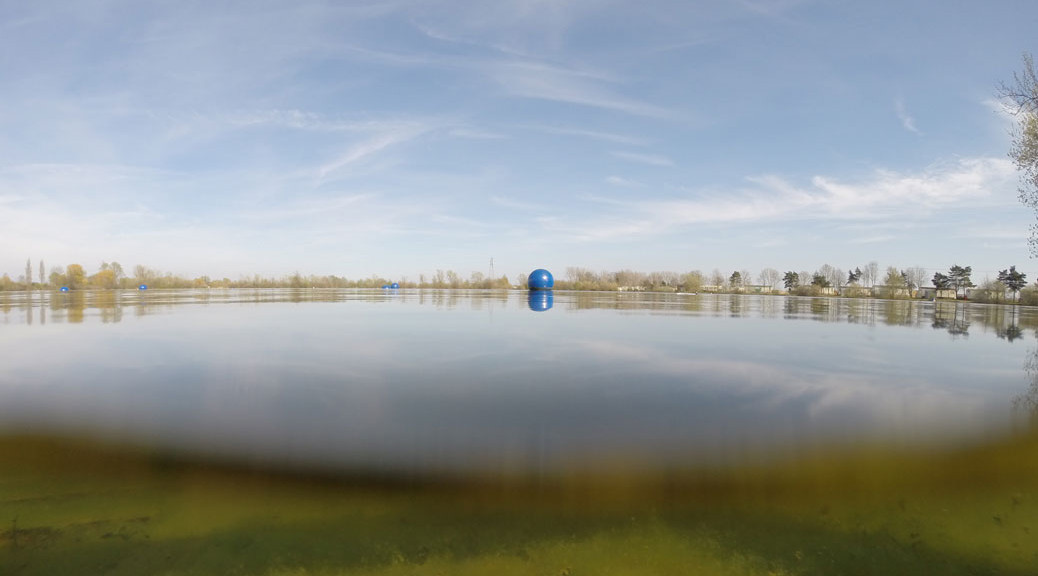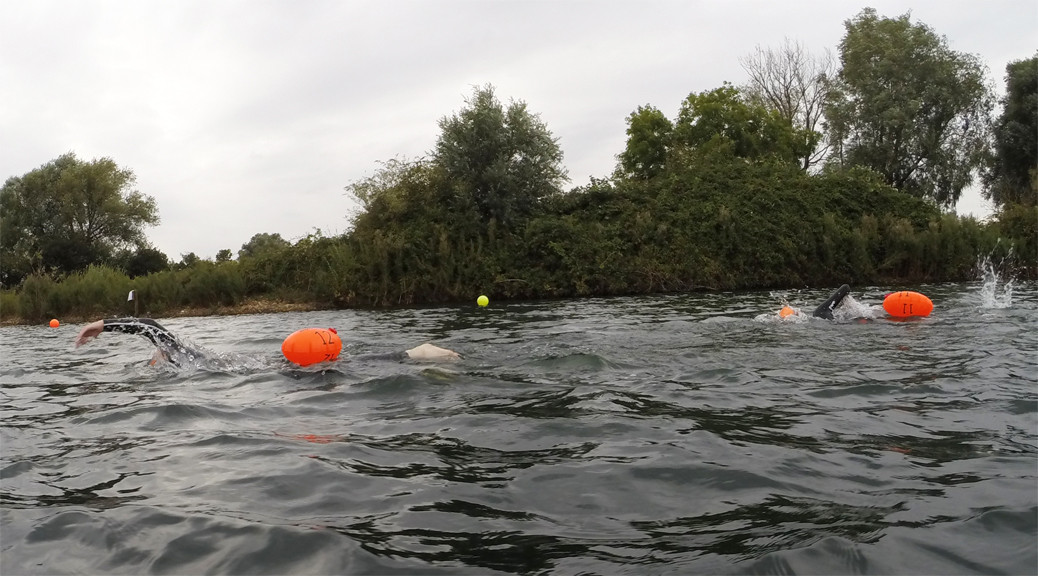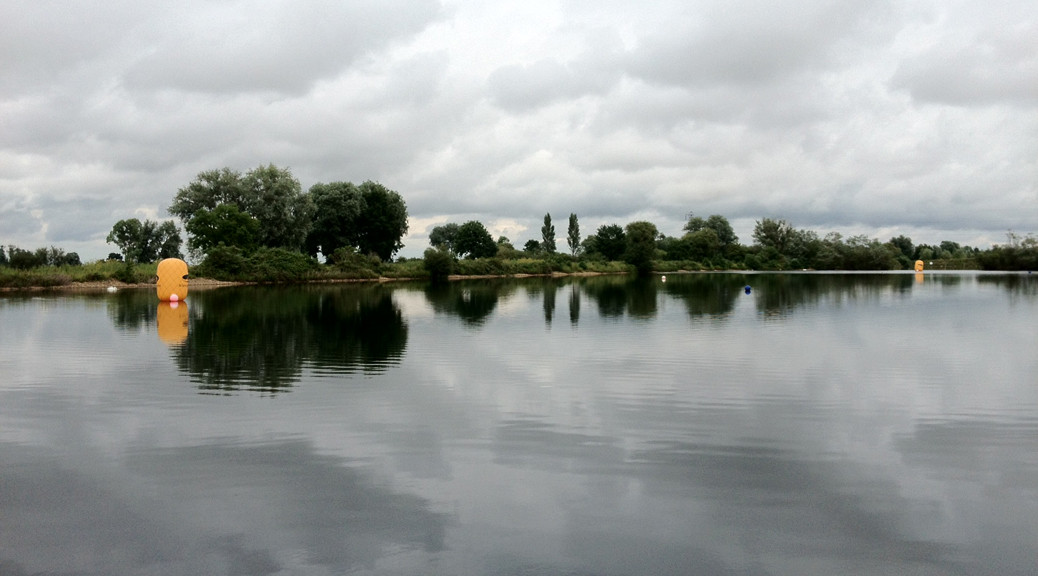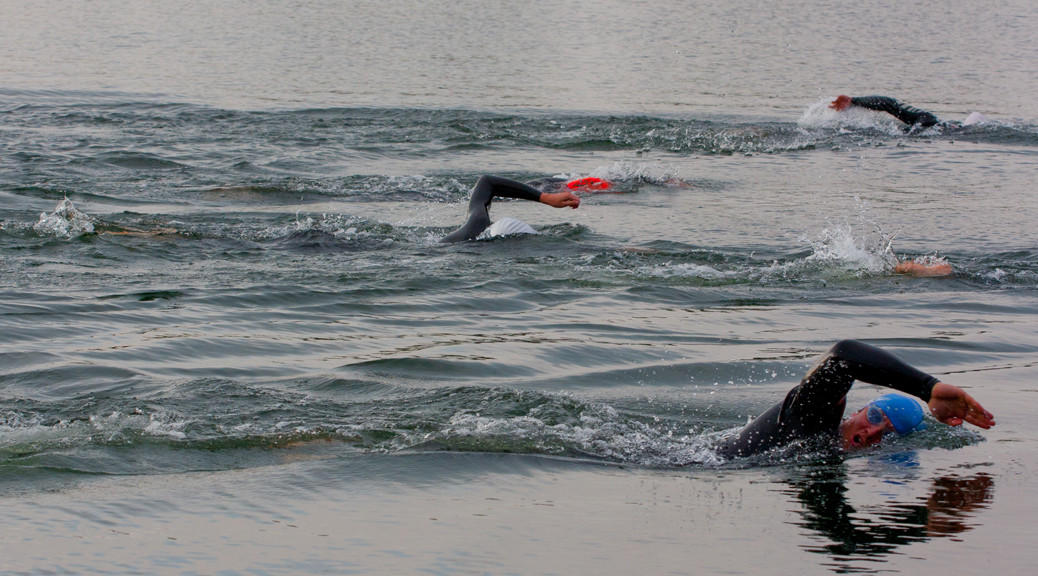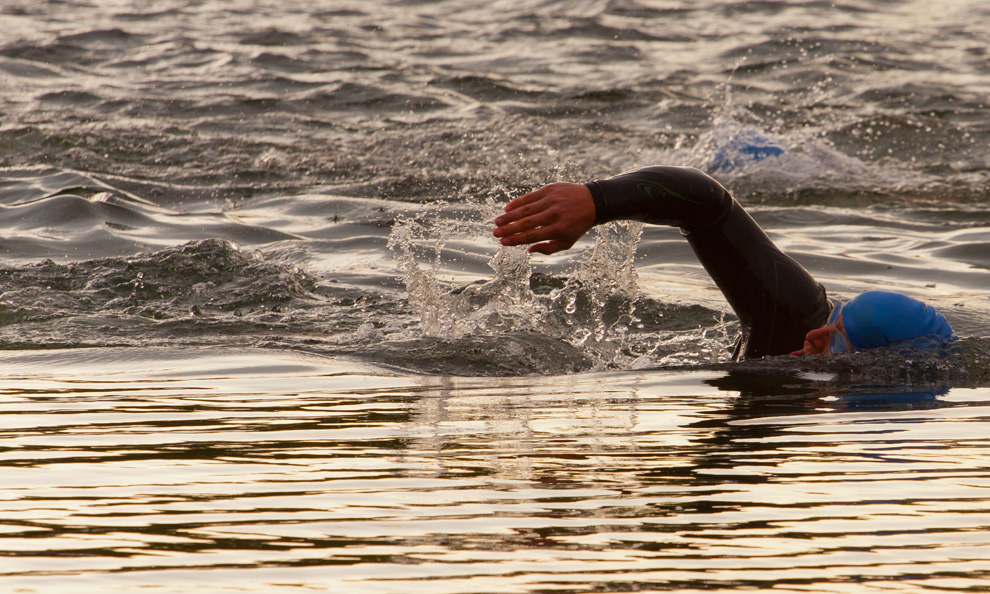As a recreational open water swimmer, I dived in at the chance to see what the Aqua Sphere Vista Swim Goggles were like. I was off to Cornwall for a week, and therefore thought the Atlantic was a suitable piece of open water in which to test them!
Aqua Sphere Vista Swim Goggle
Firstly, I have to say, the goggle case is excellent. It’s a hard plastic, goggle shaped case which protects the goggles – so even if you are the sort to chuck them into the bottom of your kit bag the goggles are protected! The goggles, themselves, have a large sealing skirt around the lenses; which I assume is inherited from their sister company’s diving history. The skirt is extremely comfortable and produces a very effective seal; with no leakage. The strap adjustment is simplicity itself, thanks to Aqua Sphere’s Quick-Fit™ one-touch adjustment. The button allows you to easy extend strap, and once in place, the strap can be tightened; with a reassuring click. If over tightened a simple press of the button releases the strap; a click at a time if your quick!
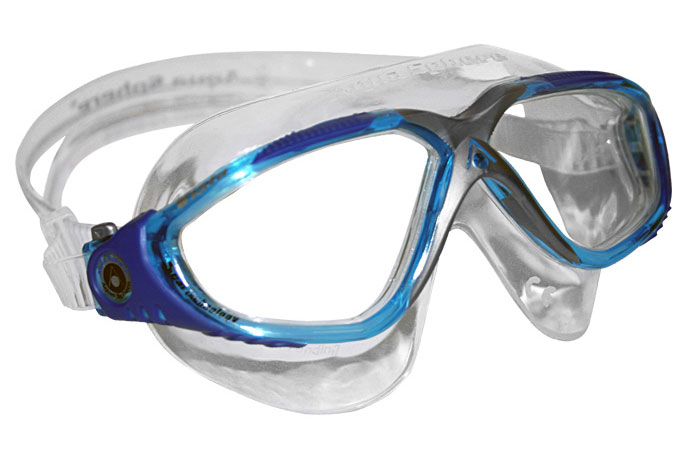
In the water the visibility was excellent (I had clear lenses), as expected from Aqua Sphere’s ‘Wraparound’ 180-degree visibility design. I had no issues with fogging whilst I was in the water, which was about 30 minutes, thanks to the anti-fog coating. The durable polycarbonate lenses have a scratch resistant coating, too, and over the week the lenses stayed clear. They also provide 100% UVA & UVB protection.
As for drag, there is plenty of other aspects of my swimming that need attention before claiming: “my goggles are slowing me down”, so no comment!
Conclusion
I was impressed with the goggles. I was able to adjust the goggles for a perfectly comfortable fit. As I was swimming in the sea, and on a few occasions was caught by a couple of waves, I was pleased to find the goggles stayed in place and did not leak! Upon leaving the water, and removing the goggles, I was please to find I did not have the red marks associated with having to tighten swim goggles too much to prevent leakage. So if you looking for some open water swim goggles, I recommend trying Aqua Sphere’s Vista Swim Goggles; and at £26.99 they are great value for money!

